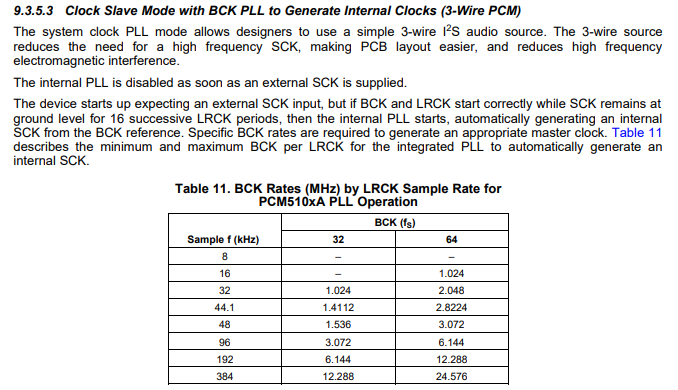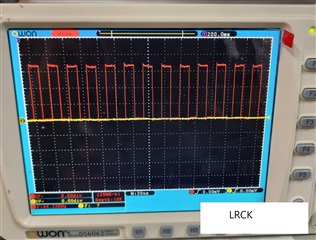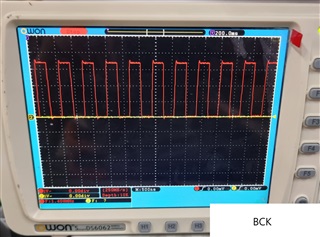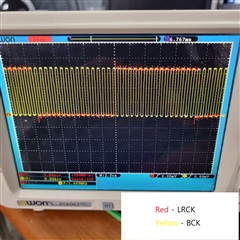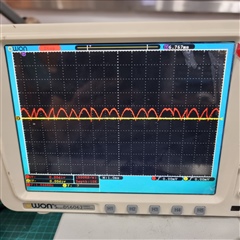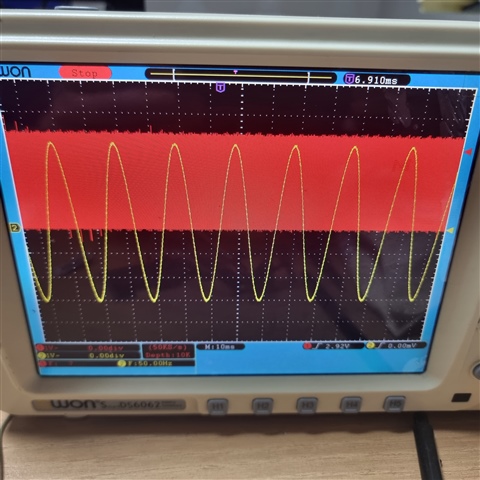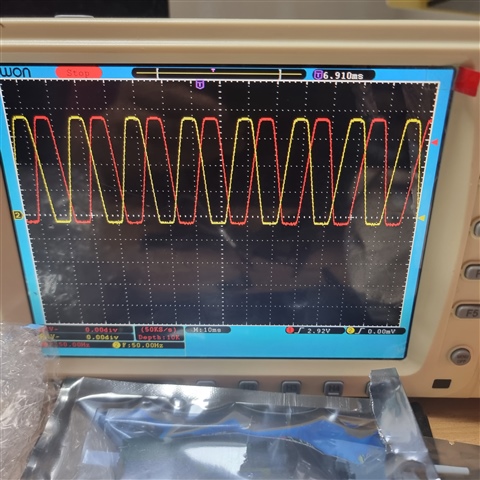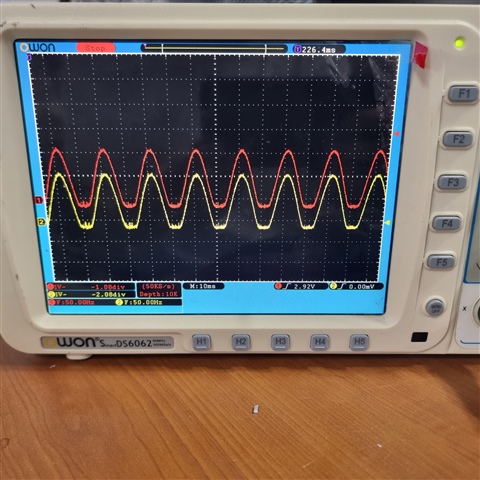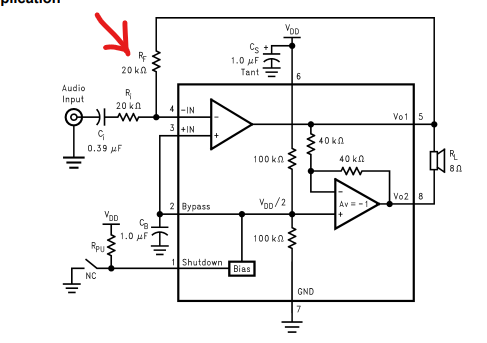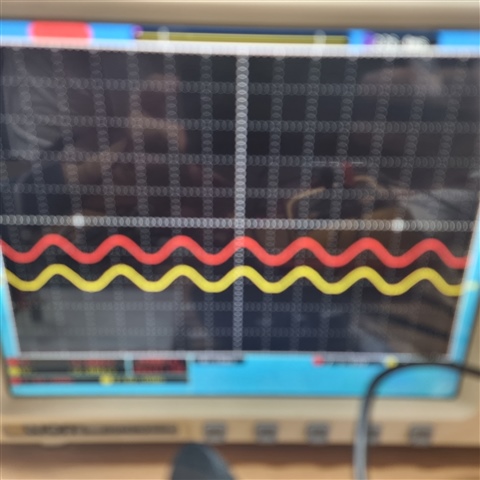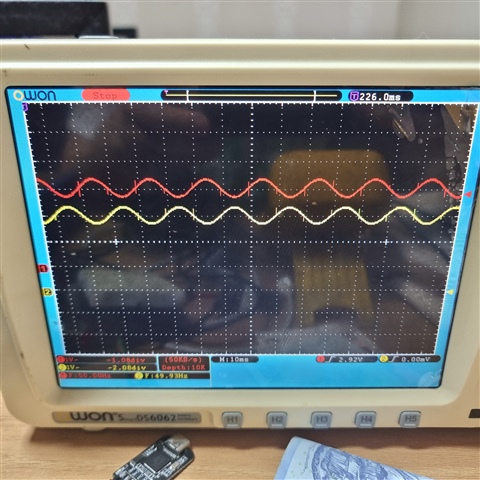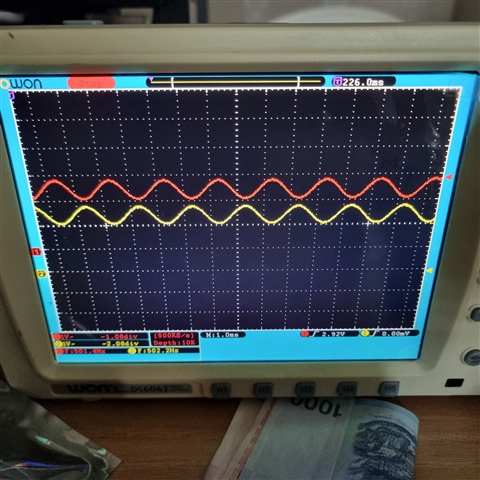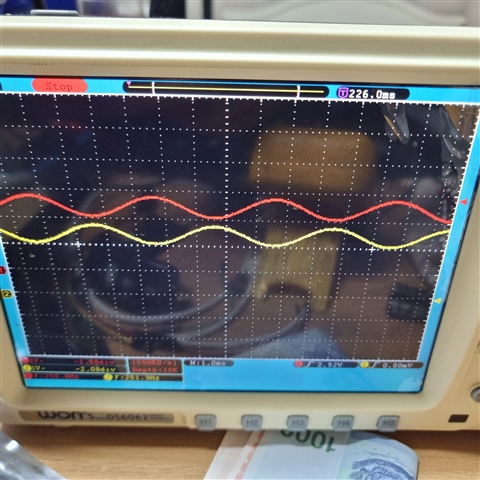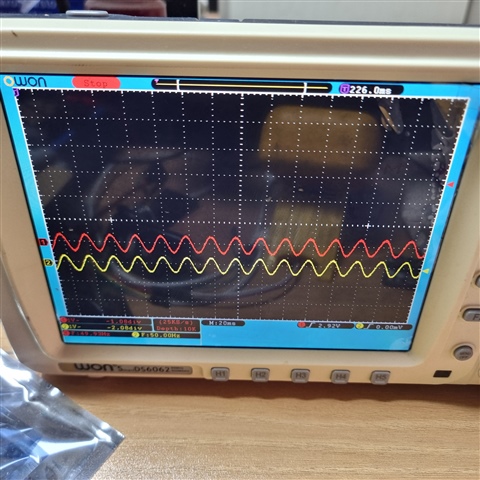Other Parts Discussed in Thread: PCM5102, LM4871
Hi team,
Customer has some questions.
im trying to connect like below image. (PCM5102A - LM4871M - Speaker)

so i designed the circuit like below schematic.
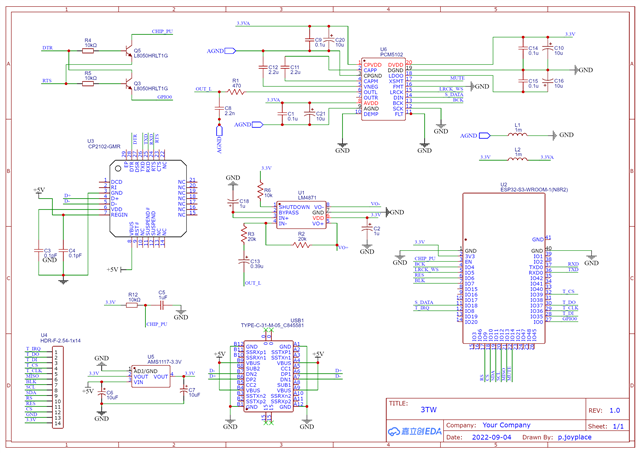
it's connected by i2s between esp32s3 and PCM5102A.
when i probing the pins by using the oscilloscope, esp32s3 send out signal from BCK, LRCK, DATA. and MUTE was set to LOW.
but PCM5102A can't export output(OUTL).
to solving problem, First i wish to check circuit.
is there any problem in my schematic?
if there is a problem, could you let me know why?
Could you help?
Thanks & Regards,
Vivian


